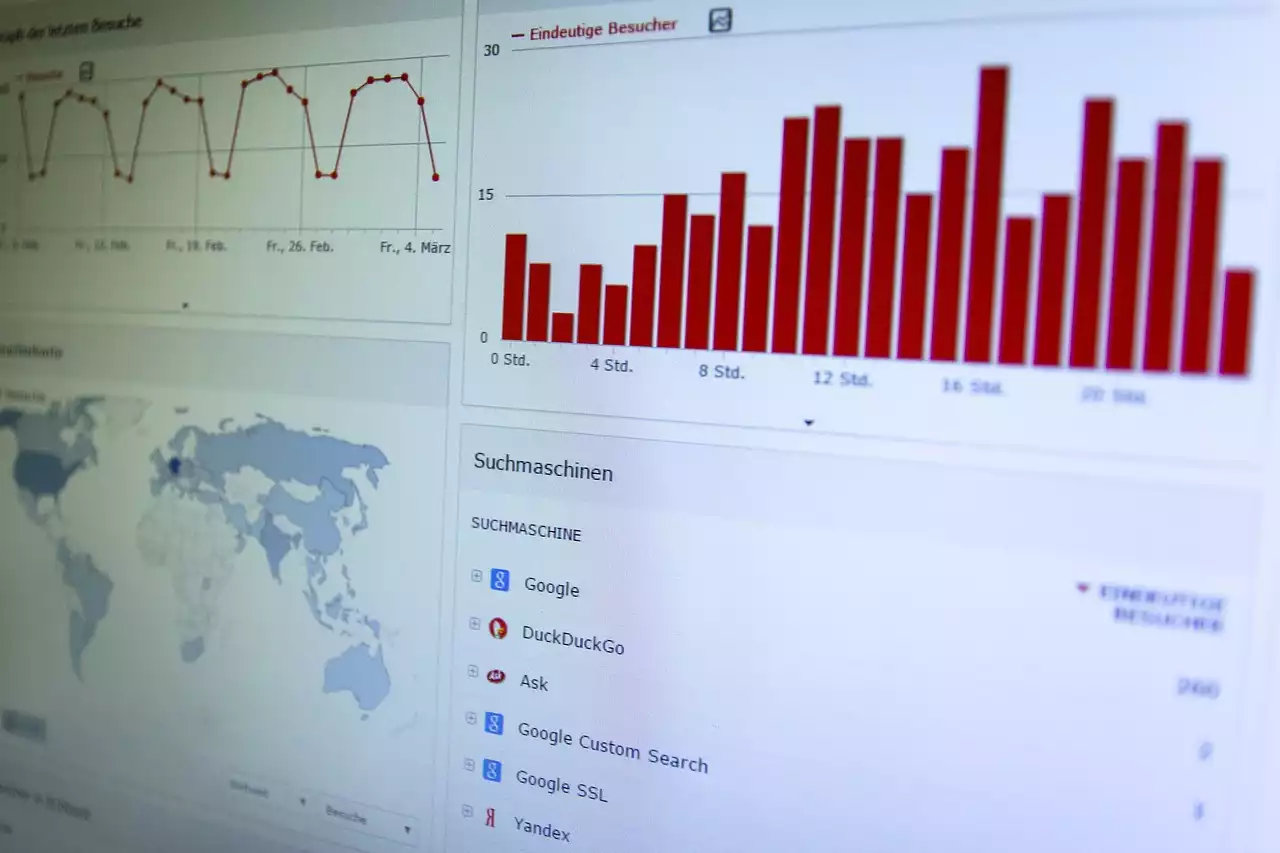Why A/B testing is important
A/B testing is important for several reasons. First, it helps you to identify which version of your marketing material is performing better. This means that you can make data-driven decisions on how to improve your campaigns. Second, A/B testing can help you identify the factors that contribute to the success or failure of your marketing campaigns. This can help you to optimize your campaigns for better results in the future. Finally, A/B testing can help you to save time and money by allowing you to test different versions of your material before investing in a full-scale campaign.
Types of A/B tests
There are several types of A/B tests that you can conduct, including:
- Landing page tests: These tests compare two versions of a landing page to determine which one performs better in terms of generating leads or sales.
- Email tests: These tests compare two versions of an email to determine which one is more effective in terms of open rates, click through rates, and conversions.
- Ad tests: These tests compare two versions of an ad to determine which one is more effective in terms of click through rates, conversions, and cost per click.
Elements to test in A/B testing
There are several elements that you can test in A/B testing, including:
- Headlines: The headline is the first thing that people see when they land on your page or open your email. Testing different headlines can help you to identify which one is more effective in terms of generating interest and engagement.
- Images: Images can have a big impact on how people perceive your brand and your message. Testing different images can help you to identify which one is more effective in terms of generating interest and engagement.
- Copy: The words that you use in your marketing material can have a big impact on how people perceive your brand and your message. Testing different copy can help you to identify which one is more effective in terms of generating interest and engagement.
- Call to action: The call to action (CTA) is the button or link that you use to encourage people to take action. Testing different CTAs can help you to identify which one is more effective in terms of generating clicks and conversions.
Setting up an A/B test
To set up an A/B test, you need to follow these steps:
1. Define your goal: What do you want to achieve with your A/B test? Do you want to increase conversions, generate more leads, or improve click-through rates? Defining your goal will help you to focus your test and measure its success.
2. Identify your variables: What elements of your marketing material do you want to test? This could be your headline, images, copy, or CTA. Identify the variables that you want to test and make sure that they are relevant to your goal.
3. Create your variations: Create two versions of your marketing material, with one variable changed in each version. For example, you could create two landing pages with different headlines, or two emails with different images.
4. Determine your sample size: How many people do you need to test your variations on? This will depend on the size of your audience and the level of statistical significance that you want to achieve. Use an A/B testing calculator to determine your sample size.
5. Set your testing duration: How long do you want to run your test for? This will depend on the size of your audience and the level of statistical significance that you want to achieve. Use an A/B testing calculator to determine your testing duration.
6. Randomize your traffic: Randomly allocate your audience to each version of your marketing material to ensure that your results are not biased by external factors.
Conducting an A/B test
To conduct an A/B test, you need to follow these steps:
1. Run your test: Run your test for the specified duration, making sure that you collect data on the performance of each version of your marketing material.
2. Monitor your results: Monitor your results throughout the duration of your test to ensure that everything is running smoothly.
3. Analyze your results: Once your test is complete, analyze your results to determine which version of your marketing material performed better. Use a statistical significance calculator to ensure that your results are statistically significant.
Analyzing A/B test results
To analyze A/B test results, you need to follow these steps:
1. Identify the winner: Determine which version of your marketing material performed better in terms of your goal. For example, if your goal was to increase conversions, determine which version generated more conversions.
2. Calculate statistical significance: Use a statistical significance calculator to determine whether your results are statistically significant. This will help you to determine whether the difference in performance between your two versions is due to chance or a real difference in effectiveness.
3. Document your results: Document your results in a clear and concise manner, including the performance of each version of your marketing material, the statistical significance of your results, and any insights that you gained from your test.
Interpreting A/B test results
Interpreting A/B test results can be tricky, but there are a few things that you should keep in mind:
- Statistical significance: Make sure that your results are statistically significant. If they are not, then you cannot draw any meaningful conclusions from your test.
- Sample size: Make sure that your sample size is large enough to provide accurate results. If your sample size is too small, then your results may not be reliable.
- Context: Consider the context in which your test was conducted. For example, if you ran your test during a holiday period, then your results may be skewed by seasonal factors.
- Insights: Look for insights that you can gain from your test. For example, if one version of your marketing material performed better than the other, try to identify what factors contributed to its success.
A/B testing best practices
To get the most out of your A/B testing, you should follow these best practices:
- Focus on one variable at a time: Only test one variable at a time to ensure that your results are clear and reliable.
- Use a large enough sample size: Use a sample size that is large enough to provide accurate results. Use an A/B testing calculator to determine your sample size.
- Run your test for long enough: Run your test for long enough to achieve statistical significance. Use an A/B testing calculator to determine your testing duration.
- Randomize your traffic: Randomly allocate your audience to each version of your marketing material to ensure that your results are not biased by external factors.
- Document your results: Document your results in a clear and concise manner, including the performance of each version of your marketing material, the statistical significance of your results, and any insights that you gained from your test.
Tools for A/B testing
There are several tools that you can use for A/B testing, including:
- Google Optimize: A free tool that allows you to create and run A/B tests on your website.
- Optimizely: A paid tool that allows you to create and run A/B tests on your website, mobile app, and other digital channels.
- Unbounce: A paid tool that allows you to create and run A/B tests on your landing pages.
- Mailchimp: A paid tool that allows you to create and run A/B tests on your email campaigns.










